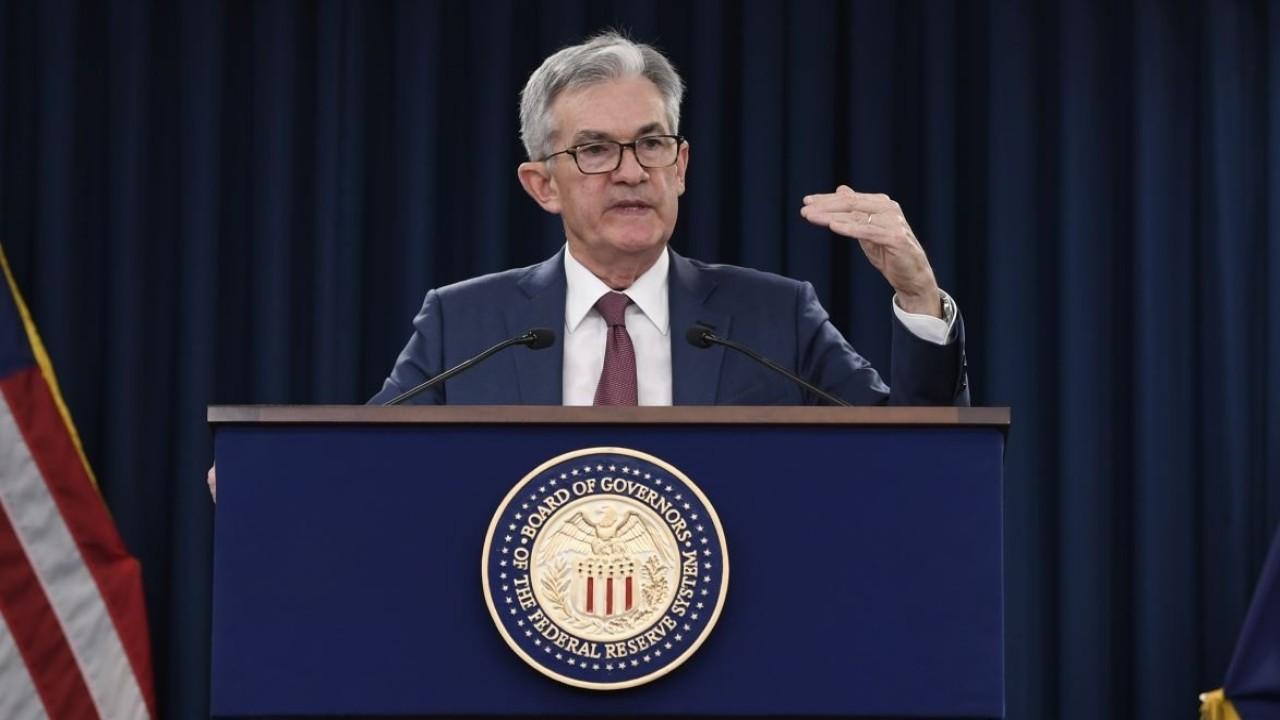Social Security benefit cuts could be coming — here's who it will affect first
The fund faces insolvency within a little over a decade unless Congress takes action
The Social Security Trust Fund could be depleted by 2031 as a result of the coronavirus pandemic and subsequent economic collapse, according to new projections — and today's youngest retirees could be among the first in the nation to see benefit cuts.
This as the Social Security Administration prepares to release the Cost of Living increase for 2021 this week.
The Congressional Budget Office said in an analysis released last month noted that the Social Security Old Age and Survivors Insurance fund, which pays out retirement benefits, faces insolvency within a little over a decade unless Congress takes action to address the shortfalls.
TRUMP'S UNEMPLOYMENT BENEFIT MAY ONLY LAST 3 WEEKS
The non-partisan agency said in the report the Social Security fund could plunge from $2.8 trillion to $533 billion in 2030. It estimates the fund would run out the following year. The Social Security Disability Insurance program, meanwhile, is projected to run out in 2026.
"Based on CBO's figures, Social Security’s retirement benefit would be cut by roughly one-quarter in 2031," the CRFB said in an analysis on Wednesday. "In other words, today’s youngest retirees will face a sharp 25% drop in their benefits when they turn 73."
At the end of April, the government projected that Social Security, one of the biggest federal benefit programs, would be unable to pay full benefits starting in 2035. At that point, only 76% of benefits could be paid out.
JOB GROWTH OVER NEXT DECADE EXPECTED TO BE SLOWER THAN AFTER 2008 CRISIS
The bulk of the money that Social Security pays out in retirement and disability benefits stems from payroll taxes (a 6.2% levy on wages capped at $132,900 that shows up on your paystub as a FICA tax). The program receives some additional funding from the taxation of benefits and interest earned on securities held by the trust fund.
But the pandemic, which brought the nation's economy to a grinding halt, has threatened all three revenue sources: In the span of just two months, the U.S. lost more than 21 million jobs. It has since recovered about half of those, meaning there are still some 11.5 million out-of-work Americans compared to February, the Labor Department said Friday.
The CBO said in the report – in which it projected the nation's deficit to hit a record-shattering $3.3 trillion – that the change was "was largely driven by an increase in payments made by the Unemployment Trust Fund as the number of beneficiaries increased."
WASHINGTON IMPASSE ON CORONAVIRUS RELIEF THREATENS US ECONOMY
At the same time, a wave of older workers who are forced to retire earlier than they’d planned pre-crisis are expected to start claiming benefits, raising costs in the short term for the fund. During the 2008 financial crisis, for instance, the number of eligible adults claiming benefits six months early increased by 5%. The Obama administration estimated the recession put the fund on the path to be exhausted by 2037, four years earlier than initially expected.
Individuals who choose to collect early can claim benefits as early as 62, but they receive 5% to 6.6% less each year, depending on when they begin drawing payments. Conversely, those who decide to wait until their full retirement age receive a credit of 8% each year up to age 70.
In 2019, 54.1 million people received Social Security benefits. About 40% of Americans over the age of 60 who are no longer working full time rely solely on Social Security benefits for their income, according to the National Institute on Retirement Security. The annual benefit is about $17,000.

